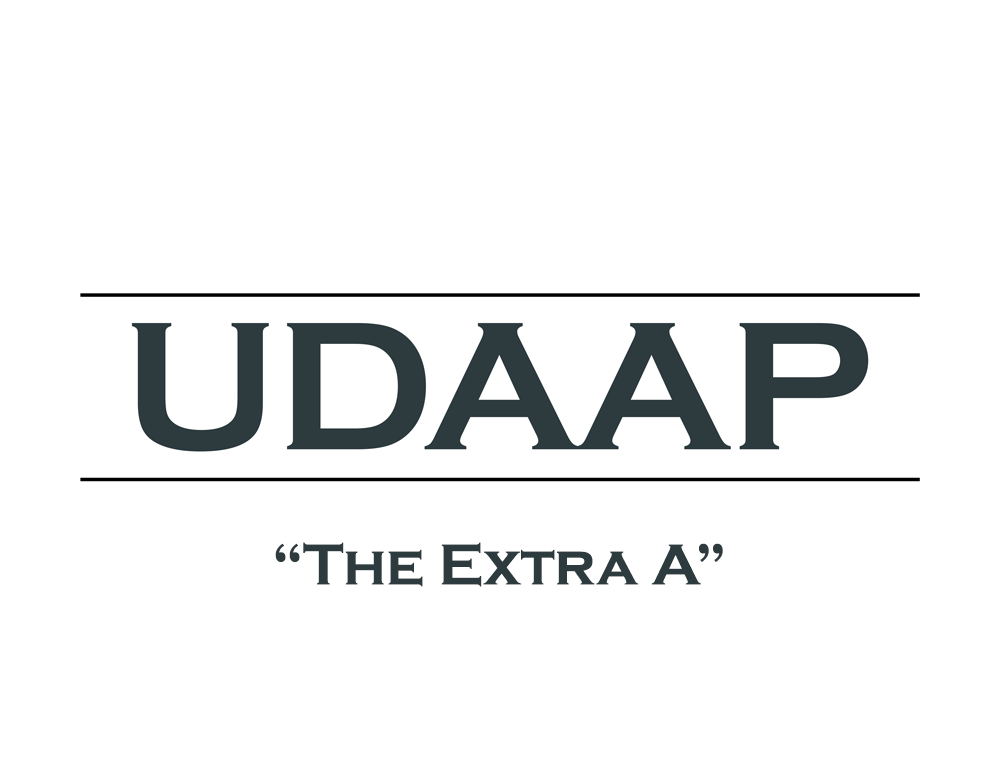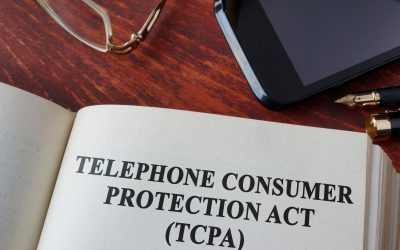CFPB has published a policy statement on the Abusive standard “Extra A,” in UDAAP.
Consumer Compliance professionals who’ve been practicing their art since 2010 likely remember the day that “extra A” helped UDAAP become famous. That “extra A” was for the new Abusive standard that joined the standards of Unfair and Deceptive to become what we call UDAAP – Unfair, Deceptive, or Abusive Acts or Practices.
Back in 2010 that “extra A” was famous for all the wrong reasons. UDAAP came out of the Dodd-Frank Act, which came out of the financial crisis caused by consumer abuses in residential mortgage lending. For over a year, webinar after webinar and white paper after white paper helped pundits discuss the Abusive standard, with nothing more than the definition given by the CFPB (the Bureau) back then. Consumer Compliance professionals could gain insight into the Abusive standard by reading about CFPB enforcement actions and reading through the Bureau’s Supervisory Highlights publication. Until April 3, 2023, that was the extent of how the Bureau communicated what it meant by Abusive.
On April 3, 2023, the CFPB issue a policy statement on the Abusive standard, and suddenly that “Extra A” is making headlines again. A policy statement doesn’t create new law, but it does provide guidance into how Abusive should be interpreted by financial institutions and federal/state examiners based on a decade of the CFPB’s actions. What can Consumer Compliance professionals glean from that policy statement? According to the CFPB they can learn, in clear and simple terms, the meaning of the statutory prohibition on abusive conduct. Clear and simple? That’s newsworthy right there!
In the April 3, 2023, policy statement, the Bureau clarifies that abusive conduct generally includes (1) obscuring important feature of a product or service or (2) leveraging certain circumstances—including gaps in understanding, unequal bargaining power, or consumer reliance—to take unreasonable advantage. Depending on what type of financial institution a consumer compliance professional works in, number (1) might seem more important than (2), or vice versa. For example, a depository institution with a lot of products might have its consumer compliance professional review number (1) first. Whereas a mortgage servicer that isn’t offering products, per se, might have its consumer compliance professional review number (2) first. A Fintech might tackle both immediately.
In this publication at this link https://www.consumerfinance.gov/compliance/supervisory-guidance/policy-statement-on-abusiveness/ the Bureau breaks down (1) and (2) in detail. Some of the reminders in this document include:
- Unlike unfairness but similar to deception, abusiveness requires no showing of substantial injury to establish liability, but is rather focused on conduct.
- Material interference can occur in the form of buried disclosures; physical interference; digital interference; and overshadowing. Intent isn’t required to cite material interference.
- Unreasonable advantage can occur from gaps in understanding affecting consumer decision-making; inability of the consumer to protect their interests in selecting or using a consumer financial product or service; reasonable reliance by the consumer that the institution will act in the interests of the consumer. One may rely on qualitative assessment to determine whether an entity takes an unreasonable advantage.
How to Respond
As the Bureau stated in its policy statement, it isn’t making a new law. However, consumer compliance professionals can revisit the following to find opportunities to clarify what UDAAP means in the documents:
- UDAAP Risk Assessments and UDAAP Reviews/Audits.
- All consumer compliance policies and procedures that mention UDAAP (it should be all of them.
- The Vendor Management Program/Policy/Procedures.
- Update training that discusses UDAAP. Most institutions have a dedicated UDAAP training program and mention UDAAP in other trainings.
- Most importantly, review the 2nd line of defense compliance monitoring program AND the third line of defense audit program to ensure that adequate coverage is being given to UDAAP.
Seasoned consumer compliance professionals know that the policy statement was released for a reason, and should expect a focus on UDAAP in their next exams.





0 Comments